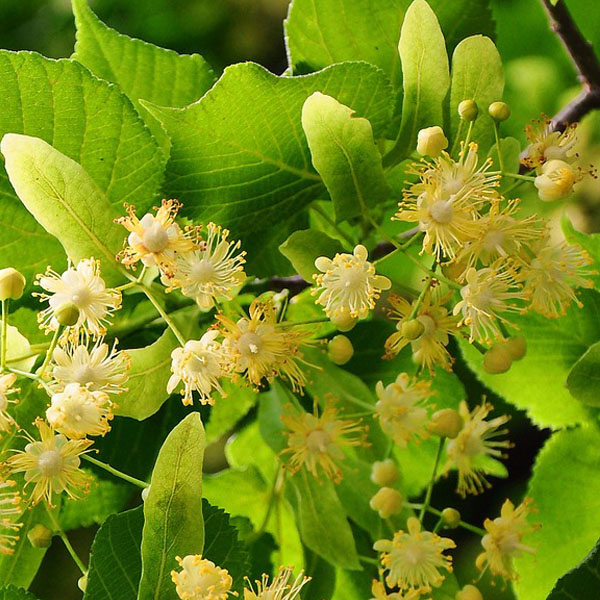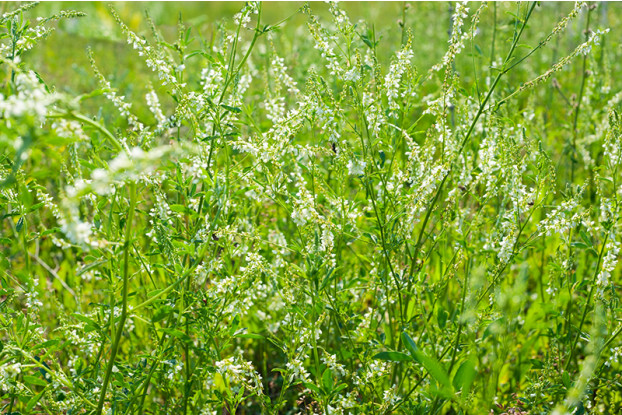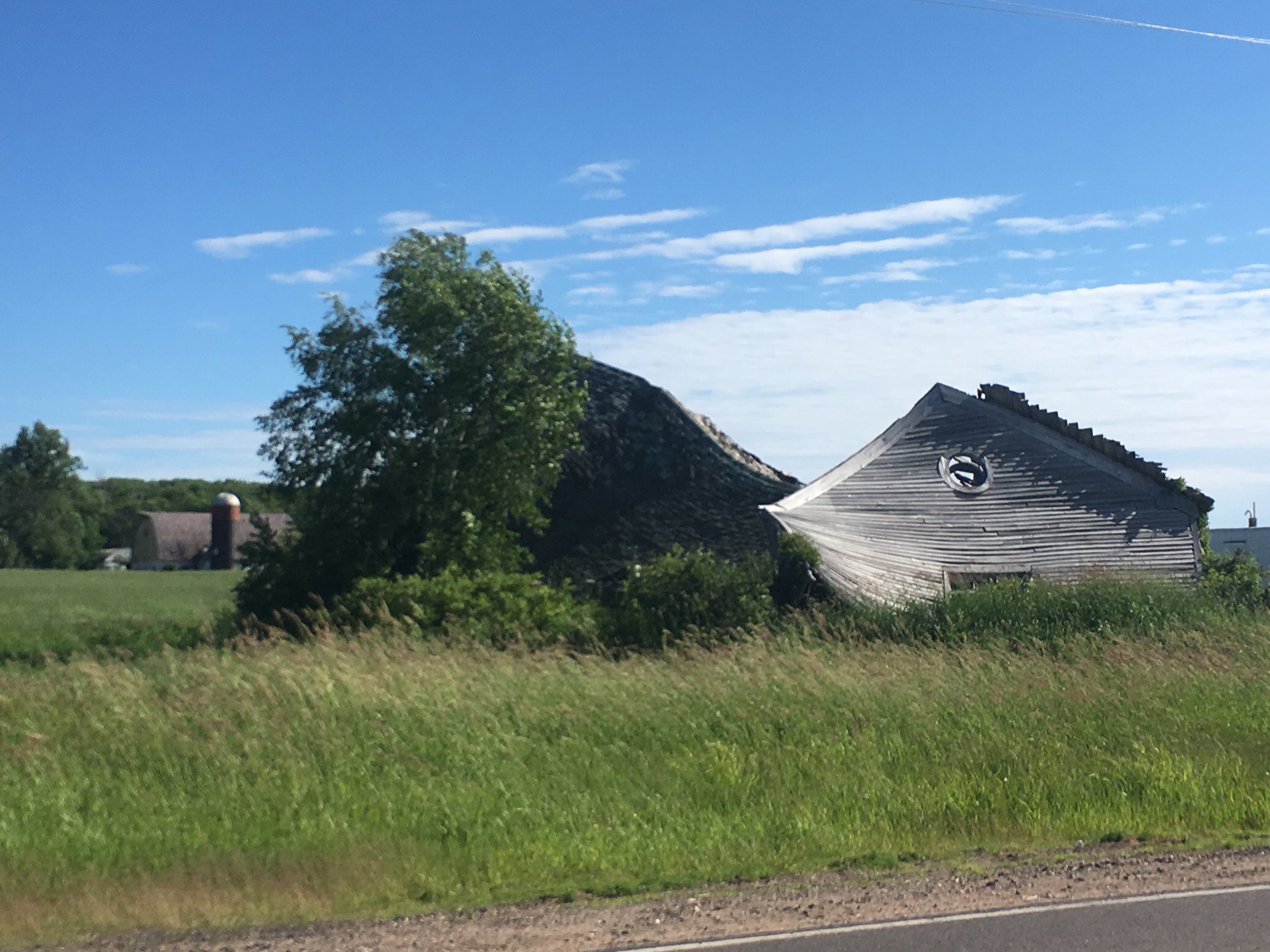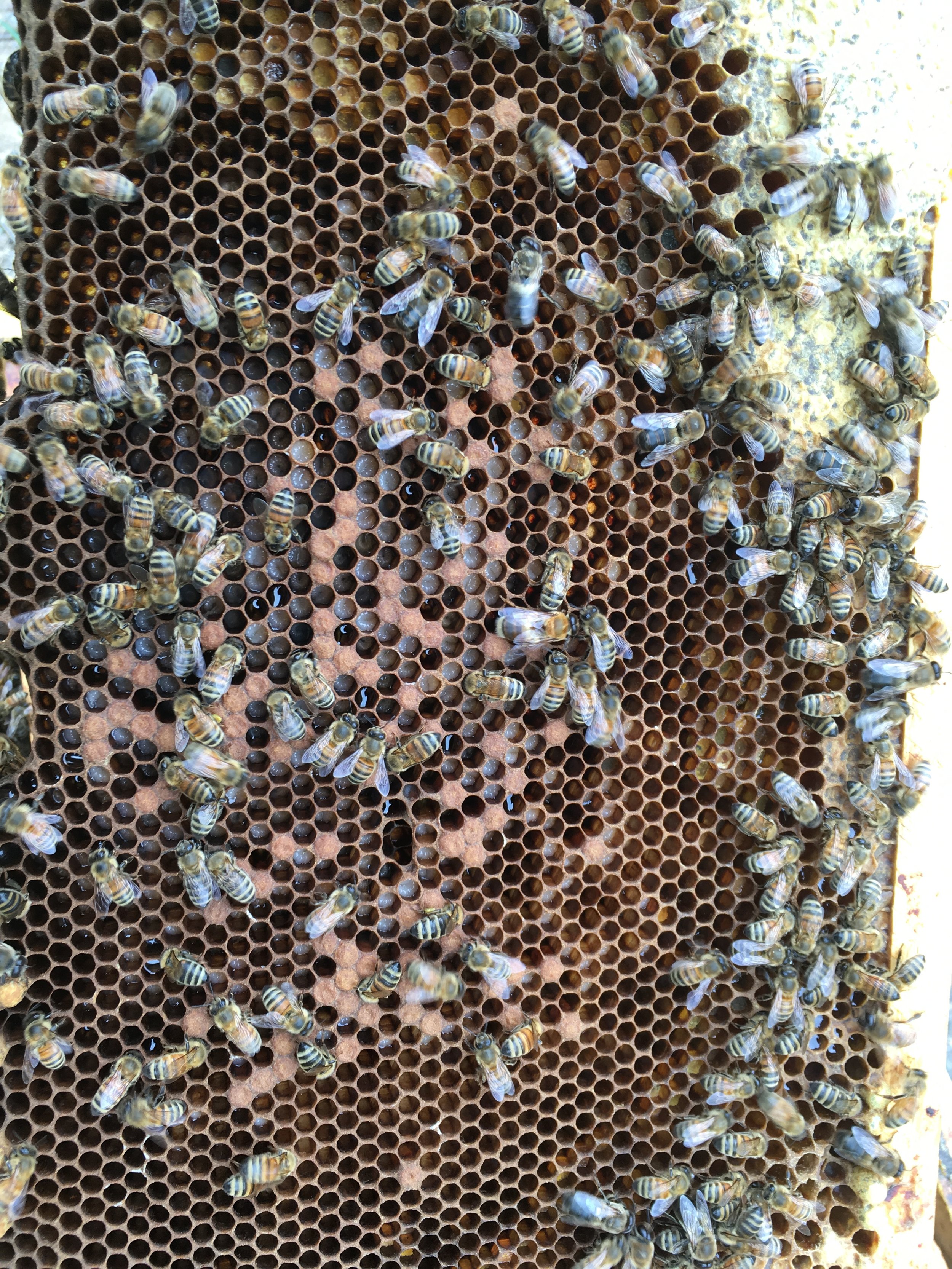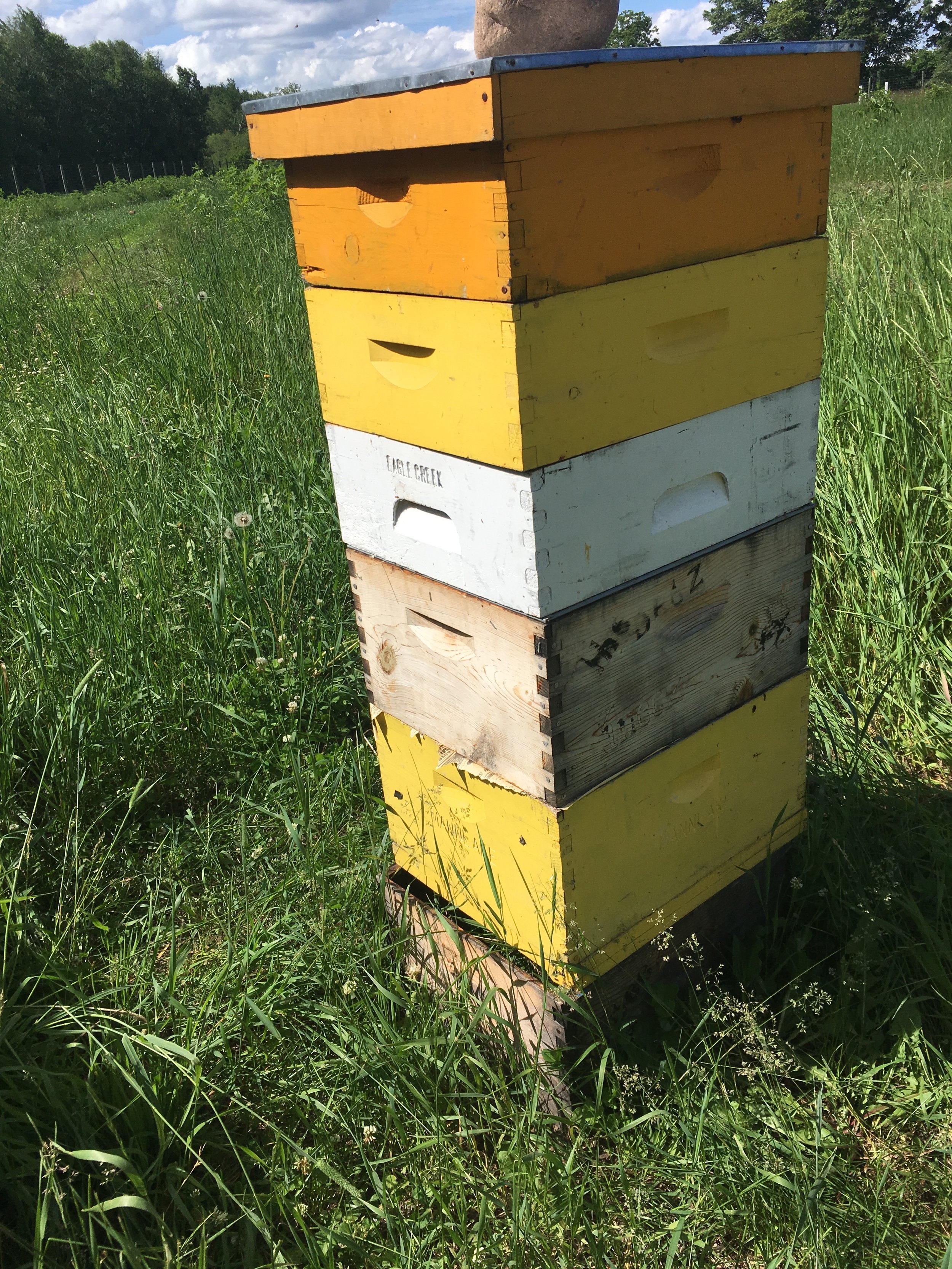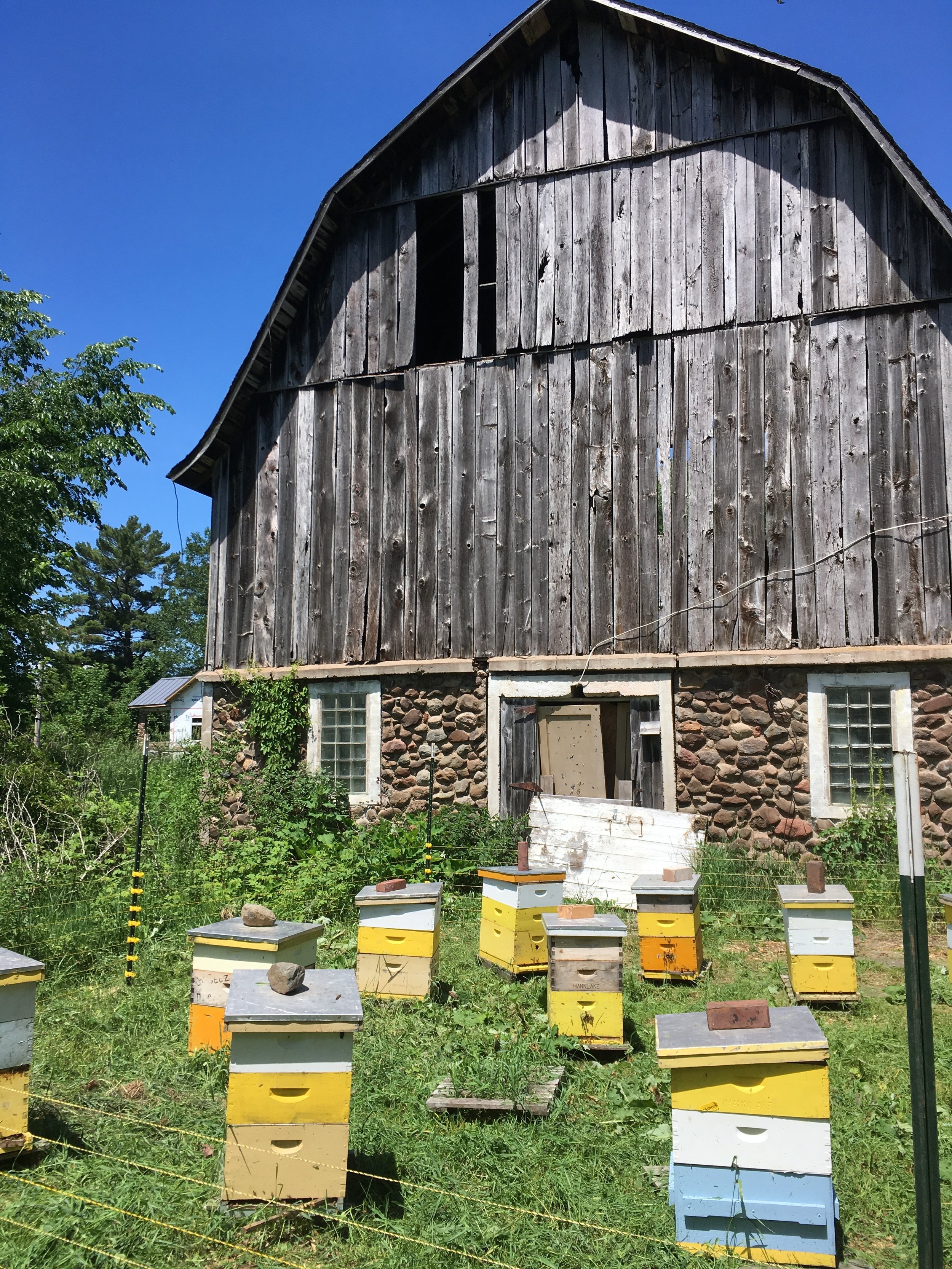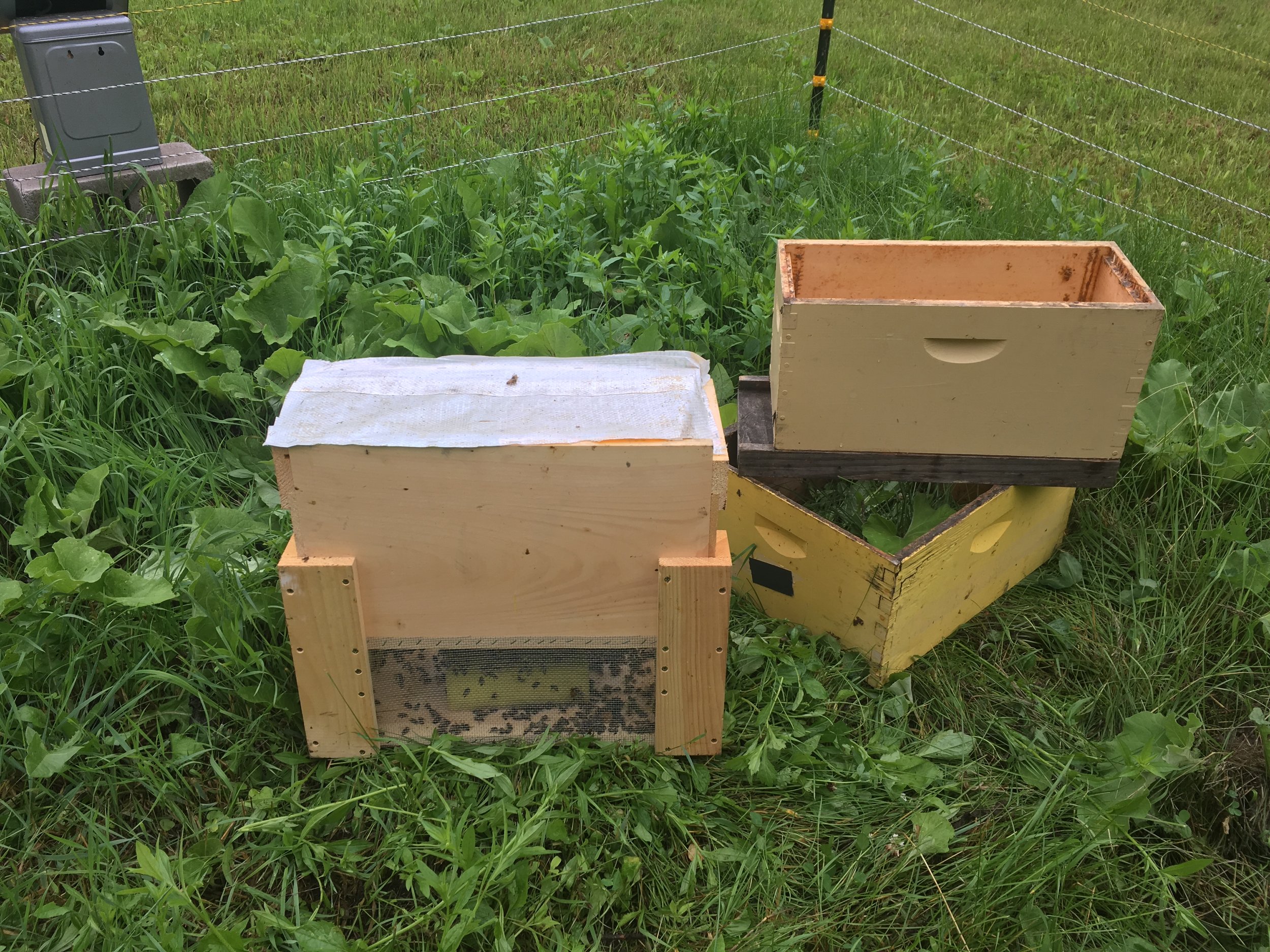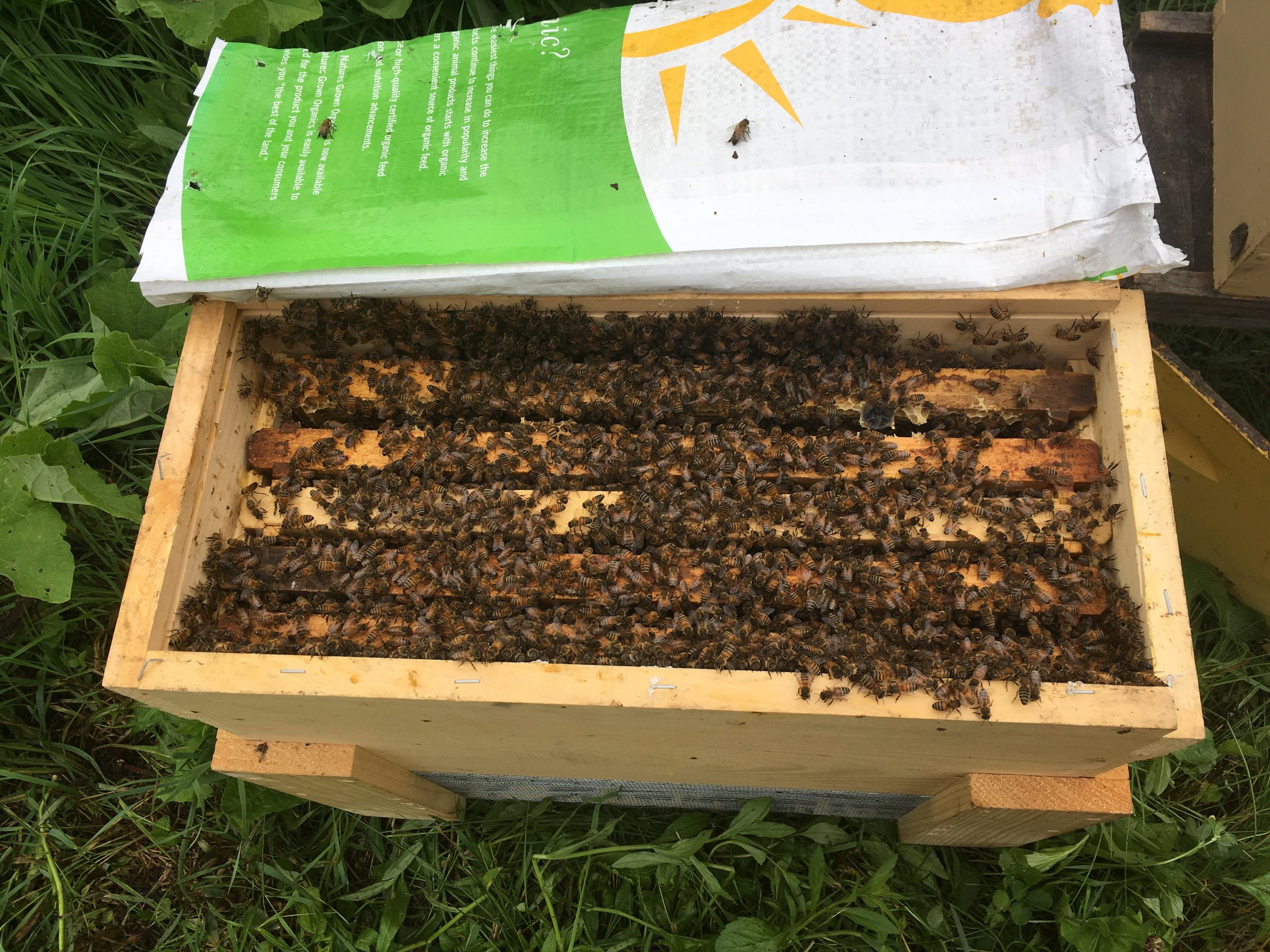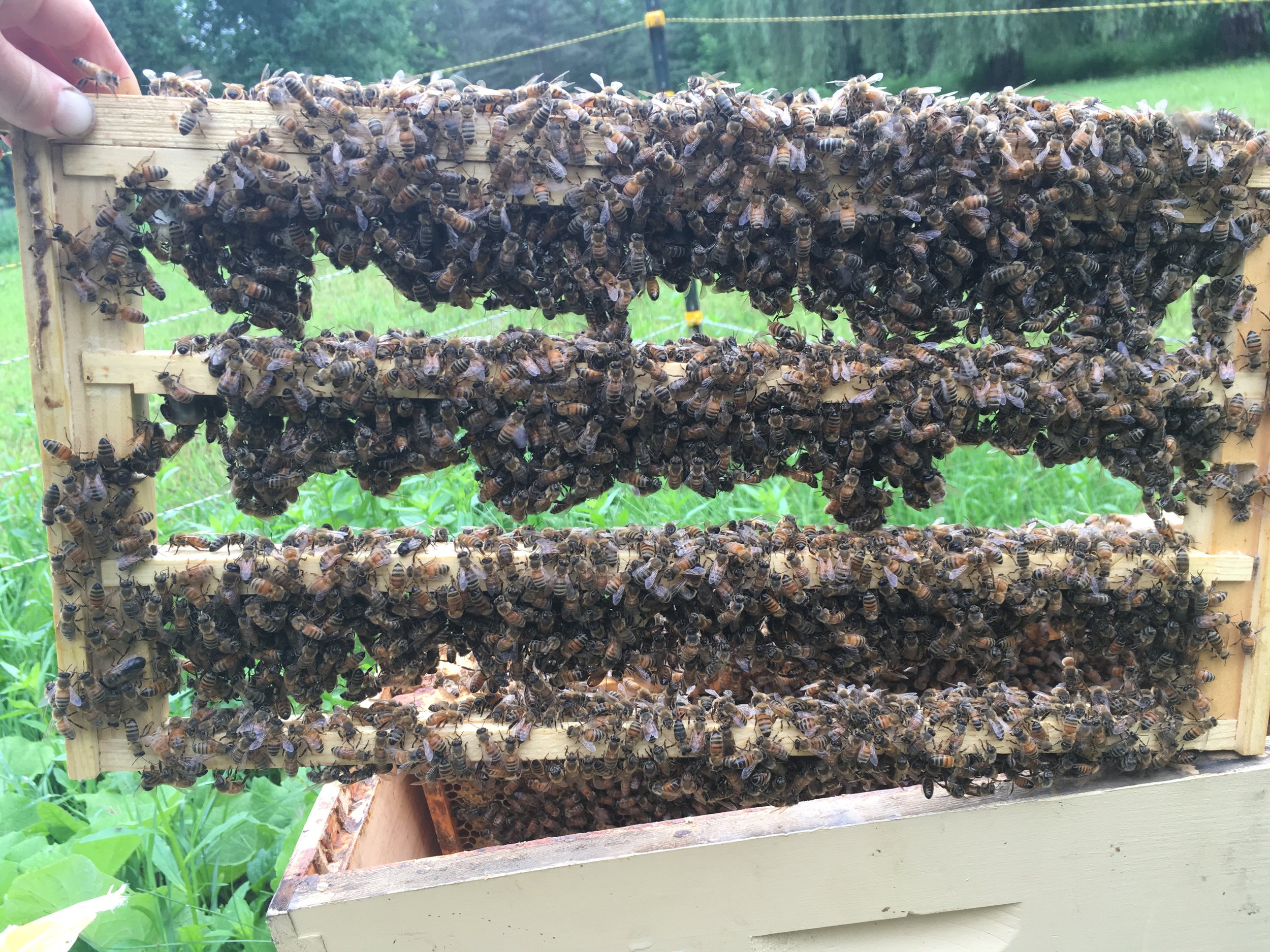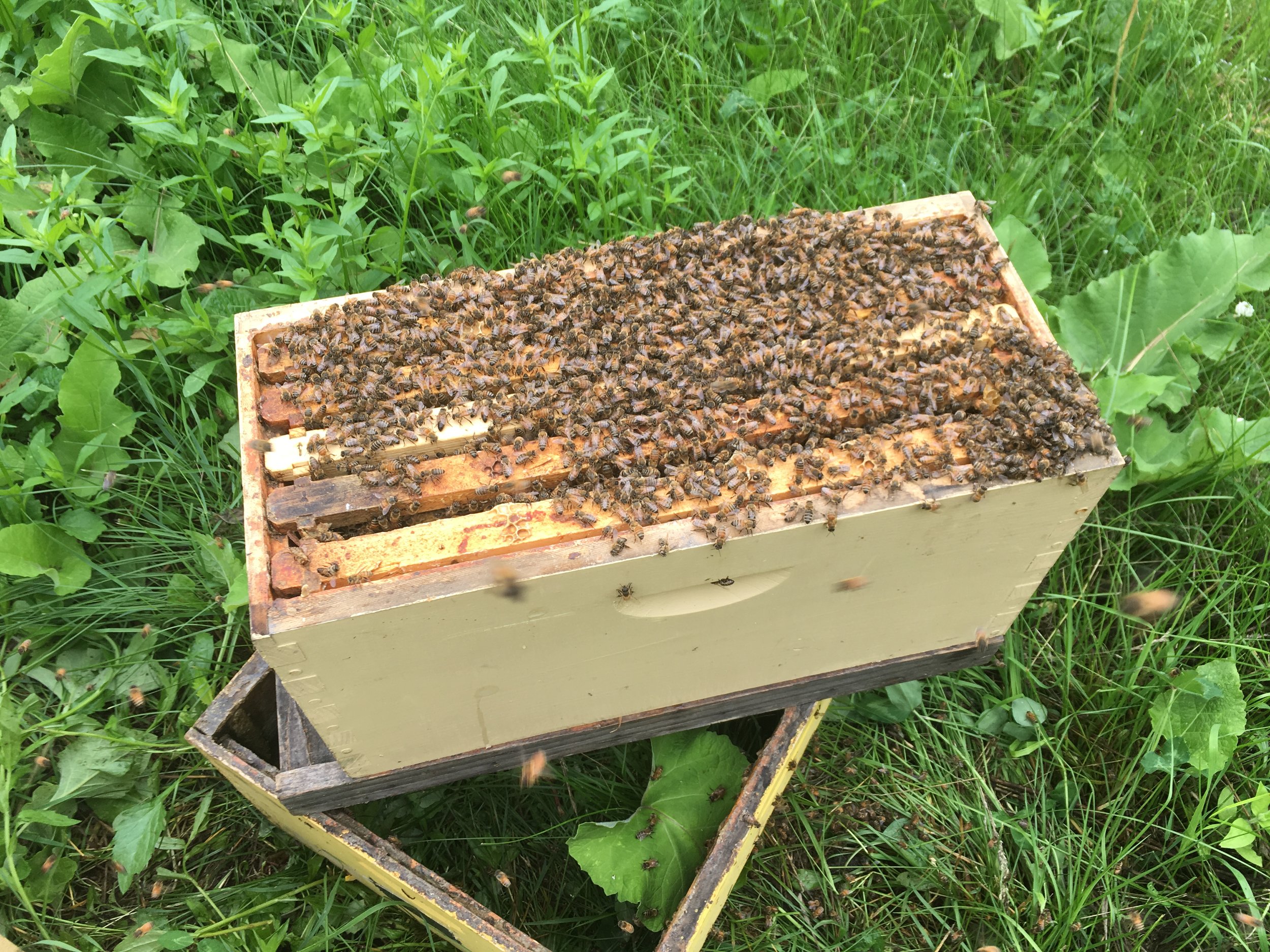What should I bee doing in June and July!
Honey Flow, Supering, Winter splits and Mite checks Oh My!
Ok beeople. My bad. It is July 2nd and I promised you a monthly newsletter. Good news is that June is all about spring build up and getting those bees ready for the main honey flow which is starting now! Even though we had a late spring, June was pretty great for spring/early summer build up and weather. The bees were already benefiting from a nice dandelion bloom and then came a nice black locust bloom. And now, the main nectar plants like the clovers, birds foot treefoil and linden/basswood trees are blooming or about to. At my WI home yard, I have been watching the basswood tree buds with great anticipation. As I write the sun is coming out after several inches of rain. This is good for nectar producing plants to turn on the faucet.
WHAT ARE THE BEES DOING IN June and July?
As I mentioned above, for the bees, June is all about building numbers and getting ready for the main honey flow. I know I need not remind you but our season is short so the bees that are adapted to this climate know this and get while the getting is good! There are 7,000 cells per frame and the queen is laying 1500-2000 eggs per day if she is a good queen. Those who are not ready for this kind of growth will experience swarming. In the last couple of weeks we have received many calls and talked to folks coming in who have caught their own swarms needing more equipment! The bees are building up their populations with full force until June 21st which is our first day of summer Happy Solstice! This is a turning point in the hive. Your queen will start to take cues from the sun and slow down bee production. This coincides with the anticipation of the main honey flow. This is also when I see a lot of hives start the process of supercedure if their queen is inadequate for whatever reason. It makes sense for them to wait till there is an abundance of recourses to do this work but I speak to many beekeepers who don’t see what is happening and they go into a hive with no eggs and a few queen cells and panic. They cut all the cells, the old queen is already gone or impossible to find and they add a new queen only to lose that new queen to the bees because they already started the process of making a new queen. If you think you are queenless, please read this article before you do anything. When in doubt when looking in a beehive, always wait. As the article will point out, it takes up to 5 weeks for them to replace their queen. On the bright side, this is a nice brood break for the colony and you will go into winter with a young queen unless something bad happens to prevent them from making their own queen.
WHAT IS THE BEEKEEPER DOING IN june and July?
Many of you may have newer equipment which can make a huge difference on how fast the bees grow as they are also building the wax for their nest. By now, if you are keeping bees in 2 deeps, you should have honey supers on. If the frames are brand new, sometimes the bees are hesitant to draw out new wax. Pro tip: spray the foundations with sugar water to get them to move up. Also, add supers without the queen excluder. Come back 7-10 days later and add the queen excluder. DOUBLE CHECK your queen is not in the supers. I always add 2 supers at a time to curb swarm tendency. Hopefully, you did a mite check in June and will do another one in July. I had a few overwintered colonies this year that had high mites in late May, early June…one as high as 25 per 300! Typically, June and July the mites should be low, really low. But this particular colony was huge last year and came through winter with 3 deeps of bees. I had 4 colonies that I was concerned with. The two that only had 9/300 bees, right at the threshold, I re-queened using a queen cell and applied Oxalic dribble 19 days after the queen cell was introduced. Here is a video showing this process. (pardon my cinematography-I was alone) The 2 colonies that were higher in mites, I used formic pro. Both treatments were effective in bringing the mites way down but I will continue to monitor monthly as should you with any colony all season.
July is a month where there is not much of a need to be digging around in the hive much unless you are doing swarm prevention or the following management activities. July is honey making month so if the goal is honey, let the broodnest bee and make sure they have plenty of room. Remember, you should be able to tell by looking at 3 frames, what is going on in the colony. However, July is the month I would recommend re-queening your hive with a queen cell of local stock before winter time or making a few splits to overwinter so you don’t have to buy bees next year. We still have some room in our overwintering nucs class if you want to learn hands-on how to do this. We are confirming dates with the people signed up. It will either be on the 13th or the 20th. If not taking the class and want to try on your own, you will want to wait to do this work till the 2nd or 3rd week in July. For those of you, who cannot find your queen easily, use a queen excluder, put it between the brood nest, come back 4-5 days later. Look for the queen in the box with eggs and take her out. You can put her to sleep in the fridge, find a friend who needs a queen or put her in a nuc or single deep to overwinter. Or take the box with eggs away and put it on a new bottom board, with a new inner cover and new telescoping cover. This ensures that if something goes wrong with the queen cell, you are not out of luck and still have some eggs from your old queen to work with. Then, wait 24 hours and install the queen cell in the original hive. The queen cell will hatch and be laying in 3 weeks, giving the original hive a brood break and a chance for you to do an oxalic dribble as I demonstrated in the video above.
Queen cells will be available on the 9th, 13th or 20th of this month. Those of you who have not claimed your free queen cell, it is available and let me know a date. Those who want to buy one from me or Yuuki, they are $10.
The following photos show the last half of raising queen cells. I grafted 4 day old larva into cups and put them into the “swarm box” featured in the first photo, with 2 frames of honey and 2 frames of pollen and a lot of nurse bees from a big production hive. I left them in my pole barn overnight closed up with a wet sponge in the bottom. The next morning….which was this morning, I put them in a nuc box “cell builder” so they could access the outside resources and finish making the 50 cells I grafted. The cells will be ready to give to you in one week!

